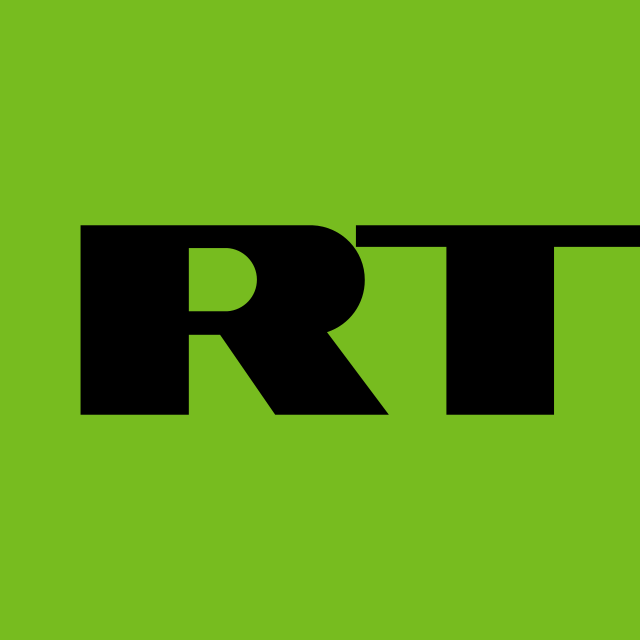
The article “The paperboys of Russian messaging: RT/Sputnik audiences as vehicles for malign information influence” by Charlotte Wagnsson from Swedish Defence University looked at the reception and dissemination of ‘malign information influence’ (MII) in Sweden, a liberal democracy. It did so by studying the attitudes of self-professed readers of RT/Sputnik through a panel study with a total of 3033 participants.
Wagnsson started of by a hypothesis, based on previous studies, that RT and Sputnik appeal to their readers by presenting information designed to strengthen the identity grievances of the readers. It was then presumed that the readers would score higher on scales that measure their identity grievances.
While these outlets also present material that could plausibly further attitudes that weaken the national security, the hypothesis based on the characteristics of the type of people who read alternative news and russian media was that there would be no effect on the attitudes pertaining to matters of national security compared to non-readers.
It was found out that 7% of the participants read RT or Sputnik at least on some occasion, with 2% reading either or both regularly, weekly or monthly. Nearly three fourths of the readers are men and the age category of 18-29 years old readers was clearly overrepresented. A high total of 13% of that age cohort consume Sputnik.
The results on political preference were similarly striking: followers of non-parliamentary parties were overrepresented, as were the followers of the far-right Sweden Democrats. Followers of traditional parties, the Moderate Party and Social Democrats, were underrepresented.
Yet another distinctive feature was found among the consumers of RT/Sputnik: they had a very high total consumption rate of all kinds of news media. 95% of them consumed a traditional foreign media (such as CNN or BBC), compared to 65% of the total respondents, and 82% consumed a national alternative media (28% for the total).
The users of RT/Sputnik were also more likely to spread news to who they know, even news they consider untrustworthy, so the potential reach for RT/Sputnik news/disinformation is likely higher than the reported users, although the users reported that they are unlikely to spread RT/Sputnik on their social media.
Respondents who consume RT/Sputnik were likely to be mistrustful of media in general, with more claiming that they do not trust any news than the average, and many expressing skepticism of mainstream media. Still, it is noteworthy that the Swedish consumers of RT/Sputnik still consider mainstream media more reliable than RT/Sputnik.
The reported reason for reading RT/Sputnik was most often “for pleasure” (40%), For nearly a third, the content of the news was the reason for tuning in. There were different reasons for this, such as presenting news not considered politically correct on other sites, the readers views not being presented in other media, or that RT/Sputnik was more trustworthy on societal problems, Russia, or national security.
A large amount of readers did not know or want to tell their reason (25%), or referred to other reasons (22%). The hypothesis that RT/Sputnik users would not align with views that could potentially harm national security turned out to be wrong,
The users aligned more with views that were negative of Swedish Armed Forces and Sweden’s inability to cooperate with other countries and were more likely to think that Russia’s threat was exaggerated.
On the first hypothesis, that RT/Sputnik users would be strengthened in their identity grievances, it was found that the users were indeed more likely to perceive such identity grievances out of the 15 claimed statements, save for the one that said “people on the countryside are left out”. It was speculated that most responders/users were in fact urban.
As for effect on political stances or matters of national security policy, the users were surprisingly, and contrary to the messaging from RT/Sputnik, more likely to support NATO. It was speculated that the users’ views were generally supportive of anything that projects strength and national unity.
On society at large, the users were more likely to be critical of many parts of the civil society save for the armed forces, which was viewed somewhat positively, although, as mentioned, they aligned themselves with worry of the present state of the armed forces.
It was noteworthy that the users were, contrary to the hypotheses, aligning themselves with views that can potentially harm national security. They did not consider Russia as much as a threat and were less inclined to be critical of the Russian Federation.
The author notes that the consumers hold the potential to act as megaphones on issues of importance, as they consumed media to a great extent and were somewhat reckless in their media sharing habits.
The relatively high consumption rate of RT/Sputnik, combined with the aligning of the users on both identity grievance matters (that can fracture the society) and matters of national security is problematic, particularly as the users were young, media-savvy men.
The study “The paperboys of Russian messaging: RT/Sputnik audiences as vehicles for malign information influence” by Charlotte Wagnsson is in Information, Communication & Society. (open access).
Picture: Russia Today logo.
License Wikimedia Commons.